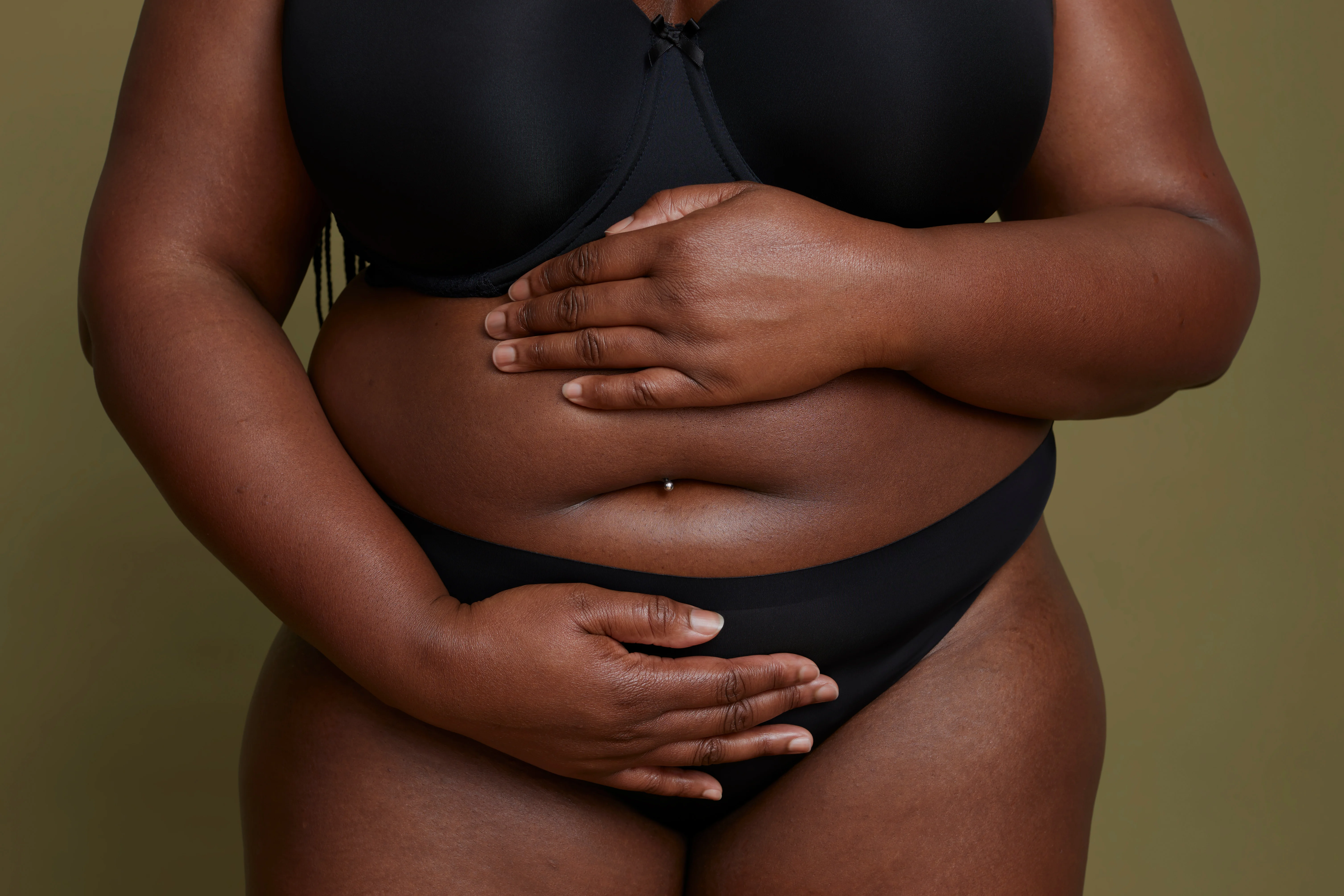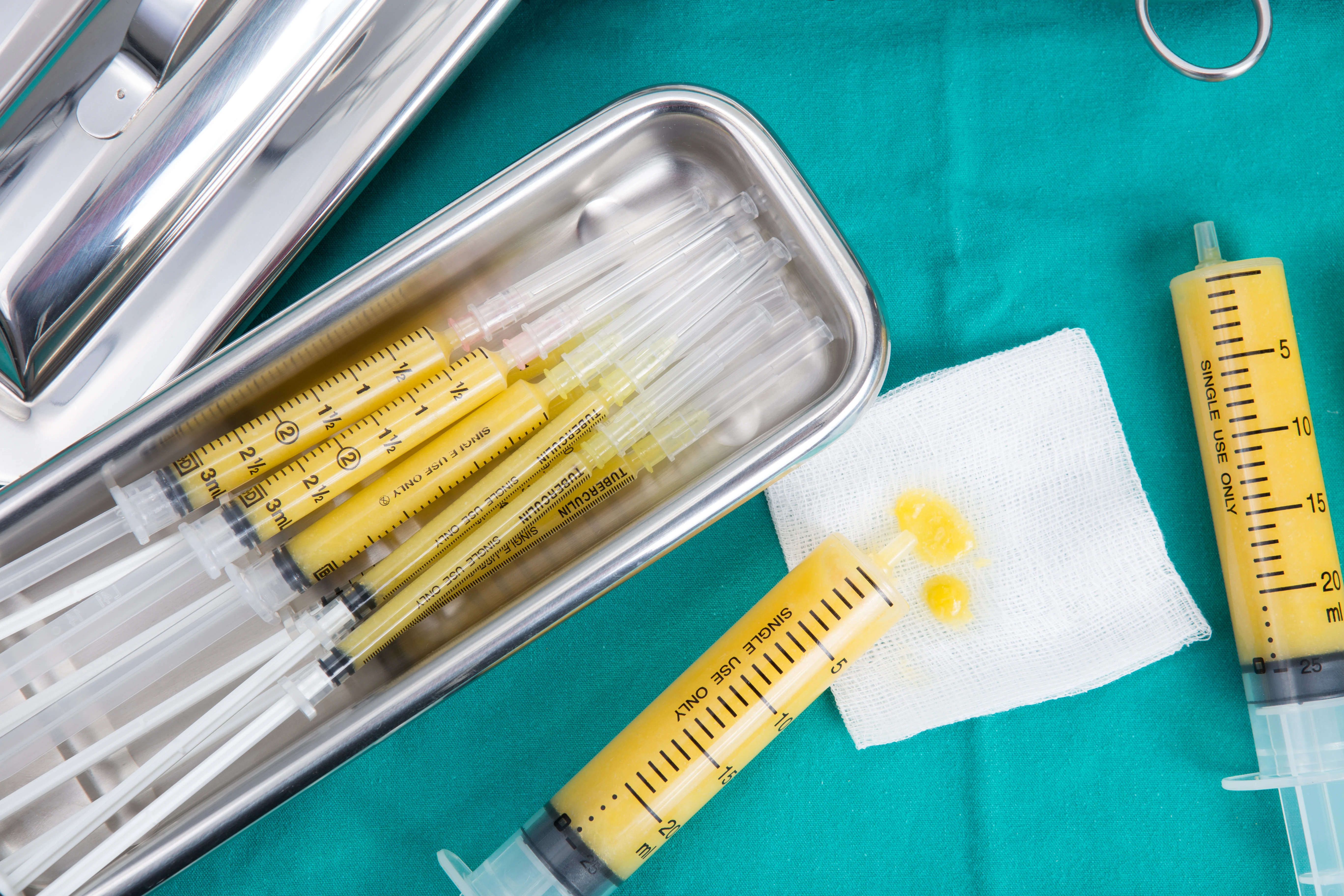What Is Visceral Fat and Why It Matters in Body Contouring

When patients come in to discuss body contouring procedures, one of the most common questions I hear is: What is visceral fat, and how is it different from the fat we can remove through surgery? Understanding the types of fat in your body can help you set realistic expectations and make informed decisions about your health and aesthetic goals.
The Two Main Types of Fat: Subcutaneous vs. Visceral
Let’s start with subcutaneous fat. This is the fat located just under your skin — the kind you can typically pinch between your fingers, especially around the abdominal area. In body contouring procedures like liposuction, we target this layer of fat. It’s more accessible and responsive to surgical removal.
On the other hand, visceral fat lies deeper inside your abdomen, surrounding your internal organs like the liver, stomach, and intestines. This type of fat is not accessible through surgery — including liposuction — and therefore cannot be removed during body contouring procedures.
Why Visceral Fat Is Important
Visceral fat is more than just an aesthetic concern. It plays a complex role in your health:
- It’s strongly linked to metabolic conditions such as diabetes, obesity, and hormonal imbalances.
- It contributes to immune function, which is a lesser-known but important role.
Because of its association with various health risks, managing visceral fat is crucial — not just for your appearance, but for your overall well-being.
How to Reduce Visceral Fat
Unlike subcutaneous fat, visceral fat cannot be suctioned out. However, it can be effectively reduced through:
- Healthy diet
- Regular exercise
- Modern GLP-1 medications, which are becoming a promising tool in fat reduction and metabolic management .
If you’re considering a body contouring procedure, it’s essential to understand that these techniques won’t reduce visceral fat. That said, they can still be extremely effective in reshaping the body by addressing subcutaneous fat.
The Takeaway
Being informed about the type of fat you’re dealing with helps you better understand what’s achievable with cosmetic procedures and what might require lifestyle changes or medical therapy. If you’re curious about your own fat composition, a simple “pinch test” can give you some insight. And of course, during a consultation, I’ll help you assess what options are right for you.
Our surgical and non-surgical treatment options
Ready to start your transformation?
Whether you’re just beginning to explore your options or have specific goals in mind, we’re here to guide you with expertise and compassion.

Read more articles

How to Prevent Pneumonia After a Tummy Tuck: Why I Give Every Patient an Incentive Spirometer
Pneumonia is a preventable but real risk after tummy tuck surgery. In this post, Dr. Victoria Aimé explains how and why she gives every patient an incentive spirometer to support healthy breathing and reduce complications during recovery.

Why Exercise Alone Can’t Restore Your Body After Childbirth
Discover why exercise alone can’t fix postpartum changes like muscle separation and loose skin. Learn how a tummy tuck can repair diastasis recti and remove excess skin to help moms restore a flatter, firmer abdomen.

How Your Own Fat Can Improve Your Face, Breasts, Butt, Hands, and More
Learn how fat transfer uses your own natural fat to enhance and rejuvenate the face, breasts, butt, and hands. This versatile technique offers natural-looking, long-lasting results while contouring donor areas.

What to Know About Liposuction: A Guide from Dr. Victoria Aimé
Considering liposuction? Learn what the procedure involves, how recovery works, and why Dr. Aimé’s approach focuses on body contouring—not weight loss.
